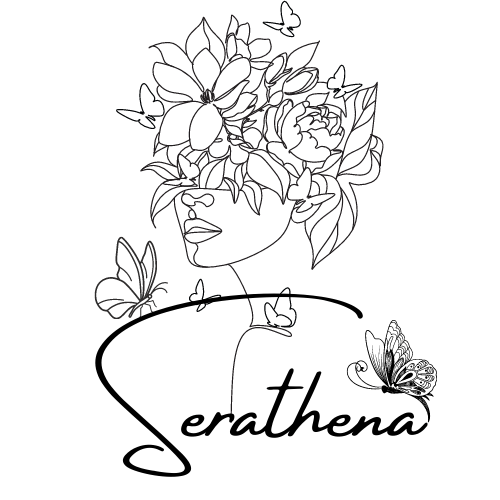Are you an artist looking to add depth and texture to your artwork? Textured art techniques can enhance your work, adding unique characteristics that make your art stand out. In this article, we'll explore five popular techniques used in textured art: Impasto, Sgraffito, Embossing, Frottage, and Decoupage.
Impasto
Impasto is a popular technique that involves applying thick paint to a canvas or surface, creating a textured effect. The texture can range from subtle brushstrokes to thick layers of paint that create a three-dimensional effect. Impasto is often used to create depth and texture in oil paintings.
Sgraffito
Sgraffito is a technique that involves scratching away a layer of paint to reveal the layers beneath. This technique is often used in ceramics, where a layer of colored slip is applied to a surface, and then scratched away to reveal the clay underneath. Sgraffito can also be used in painting to create intricate designs and patterns.
Embossing
Embossing is a technique that involves pressing a design into a surface to create a raised pattern. This technique is often used in printmaking, where a metal plate is etched with a design, and then pressed into paper to create a relief effect. Embossing can also be used in mixed media art to add texture to a surface.
Frottage
Frottage is a technique that involves rubbing a textured object onto a surface to transfer the texture. This technique can be used with a variety of materials, including leaves, bark, and fabric. Frottage can be used to create interesting textures and patterns in paintings and drawings.
Decoupage
Decoupage is a technique that involves layering paper or fabric onto a surface and then coating it with a sealant. This technique can be used to create a variety of textures and patterns, from subtle designs to bold, colorful motifs. Decoupage is often used in furniture and home decor projects.
Conclusion
Textured art techniques can add depth and dimension to your artwork, making it stand out from the crowd. From the thick brushstrokes of Impasto to the intricate patterns of Sgraffito, there are many techniques to choose from. So, why not experiment with these techniques and see what textures you can create?
FAQs
- What materials are best for Impasto?
- Oil paints work best for Impasto as they have a thick consistency and can hold their shape when applied to a canvas.
- Can Sgraffito be used on wood surfaces?
- Yes, Sgraffito can be used on wood surfaces. It's a popular technique in wood carving and wood burning.
- What sealant is best for Decoupage?
- A water-based sealant, such as Mod Podge, is best for Decoupage.
- Can Frottage be used in digital art?
- Yes, Frottage can be used in digital art by scanning or photographing a textured surface and then overlaying it onto a digital image.
- Is Embossing only used in printmaking?
- No, Embossing can be used in a variety of art forms, including mixed media art, scrapbooking, and card making.

